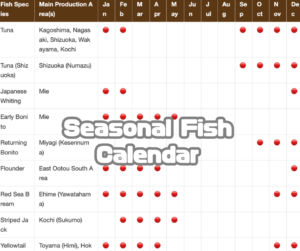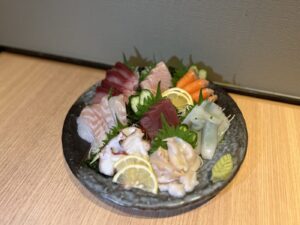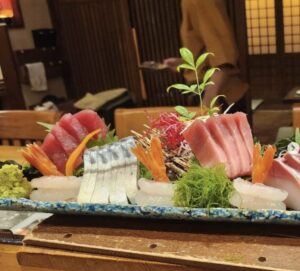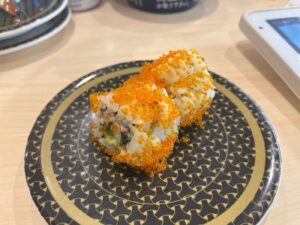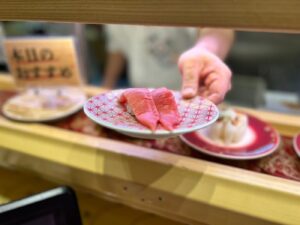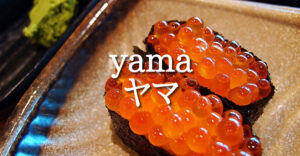Rolled sushi, also known as “maki-zushi,” is said to have originated between 1750 and 1776 and became popularized around 1783. By the late 1600s, sushi using vinegar-seasoned rice had become prevalent, and in the early 1800s, vinegared rice, known as “suzu-shi,” became the mainstream. It was during this period of significant change in sushi from a preserved food to a new form that rolled sushi was born.
The roots of rolled sushi are said to be linked to the fermented sushi of that era, known as “bo-zushi” or “stick sushi.” Bo-zushi involved wrapping fish around rice and using a bamboo mat called “makisu.”
The Edo period in Japan is often characterized as a time when commoners thrived more than samurai, leading to a flourishing of popular culture. The period was marked by economic prosperity, improved dining conditions, and the proliferation of eateries. A wide variety of foods became popular, and it’s easy to imagine that rolled sushi was one of them. It might have emerged as a unique culinary creation born out of the craftsmen’s creative experimentation by reversing the sushi-making process.
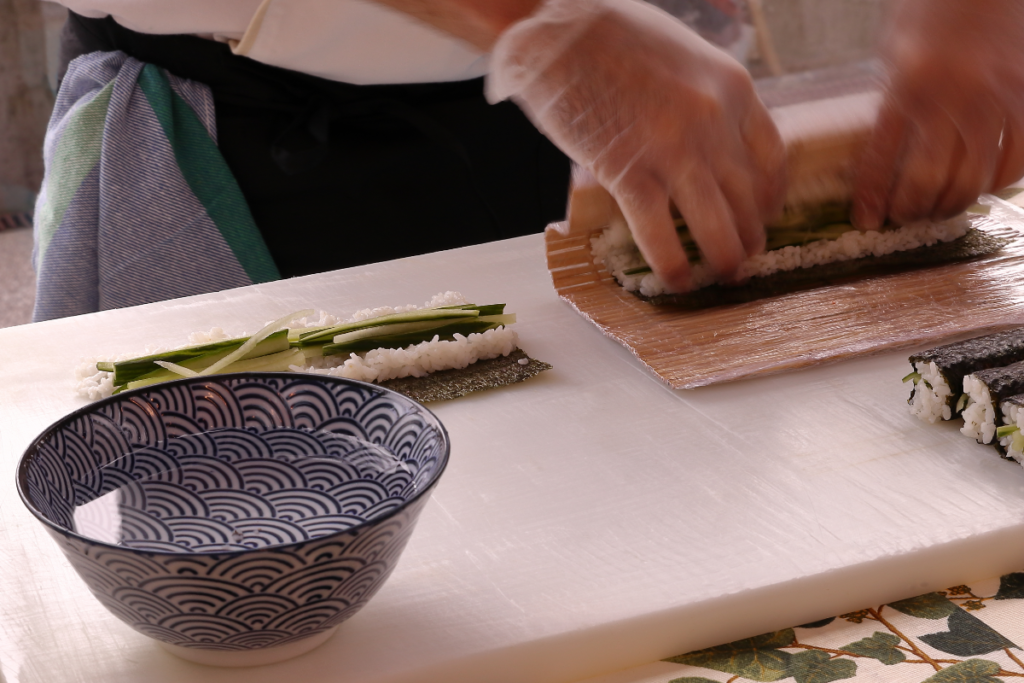
Thin rolls or thick rolls – Which one do you prefer?
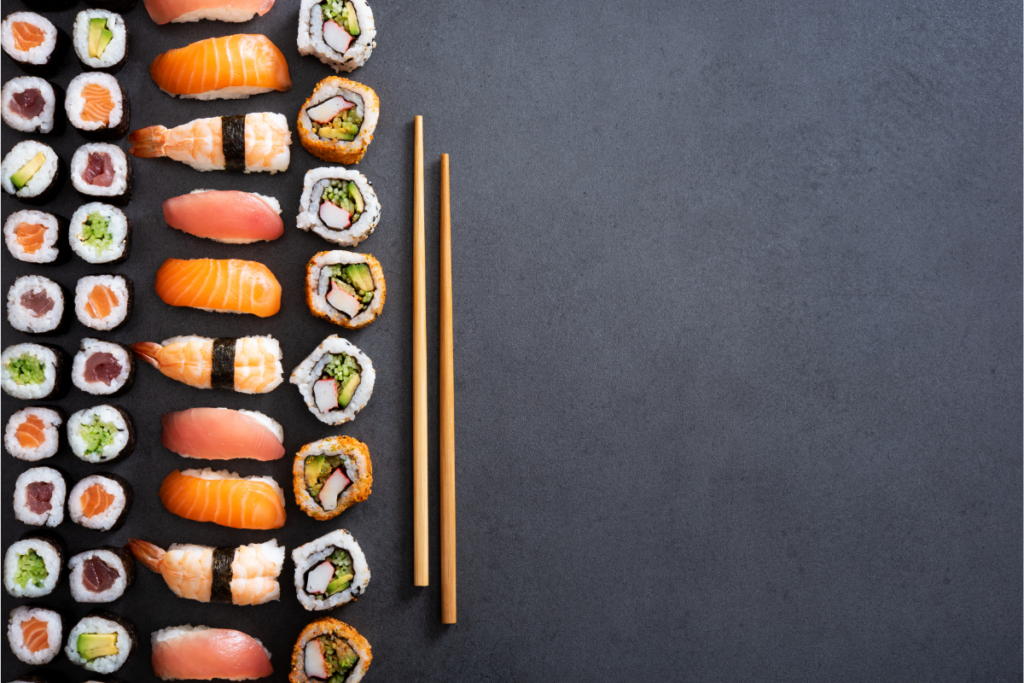
In the Kansai region, where variety was valued, people favored luxurious thick rolls, while in Edo (Tokyo), the preference was for sleek and elegant thin rolls. As a result, thin rolls became a common accompaniment to Edo-style hand-pressed sushi, while Osaka sushi featured medium or thick rolls.
During the Edo period, rolled sushi was typically sold as street food and eaten outside of homes rather than being made at home.
The Era When Sushi Started Being Made at Home
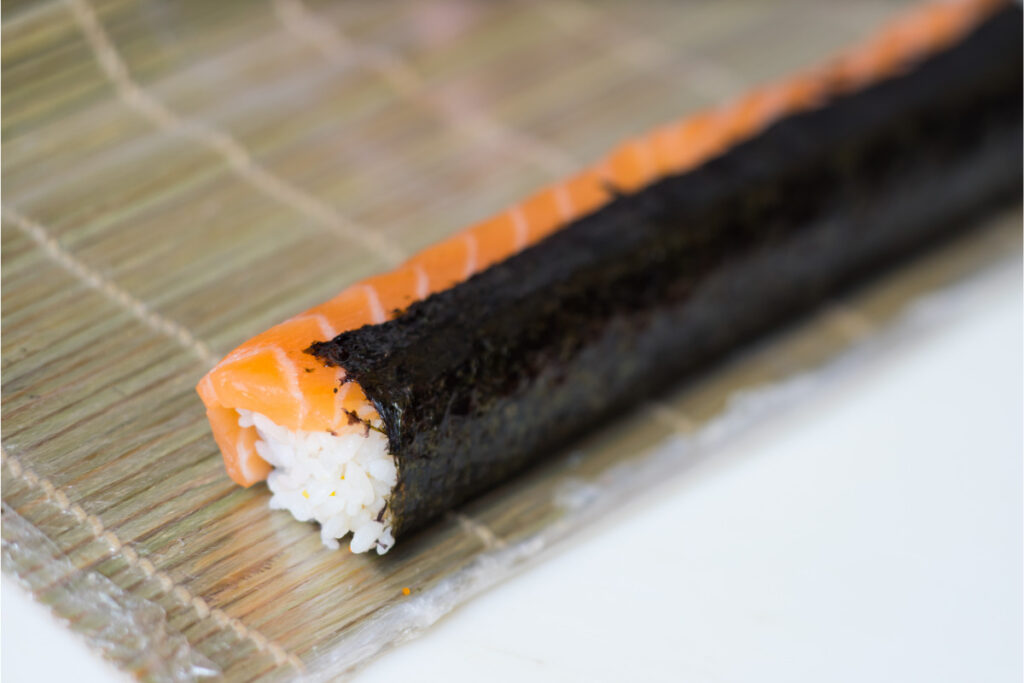
Towards the end of the Edo period, sushi restaurants began to differentiate into high-end establishments and affordable street vendors, but even as the Meiji era began, sushi was primarily sold outside, with little to no tradition of making it at home.
The practice of making sushi at home is believed to have started around the Taisho era (early 20th century), as housewives gained both financial and time resources. In 1910 (Meiji 43), Koizumi Kiyosaburo, the younger brother of Yohhei Sushi’s founder, who had introduced hand-pressed sushi in the Edo era, authored a book titled “How to Make Home Sushi,” which featured rolled sushi and thin rolls wrapped in seaweed. Sushi varieties like inari-zushi (rice in a sweet, marinated tofu pouch) and gomoku-zushi (sushi with various toppings) that didn’t require expertise in fish selection or freshness management started being made at home.
In the Chiba prefecture’s Yamabu region, “taimaki-zushi” (large rolled sushi) festival sushi is said to have evolved in the early Showa era, characterized by intricate designs created through sushi craftsmanship.
Throughout various regions in Kansai and Kanto, region-specific sushi varieties were enjoyed in households, especially during weddings, festivals, and special occasions. However, due to changes brought about by war and shifts in lifestyle, the tradition of making sushi at home declined, posing a threat to its existence. Nevertheless, thanks to community efforts and revitalization initiatives, regional sushi varieties that had been on the decline are starting to make a comeback in some places.


